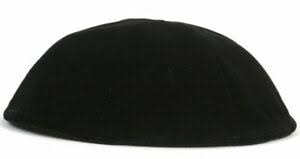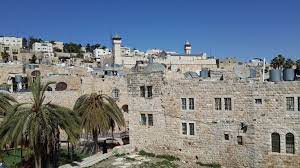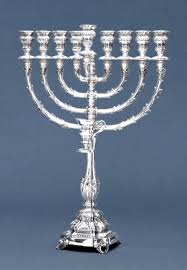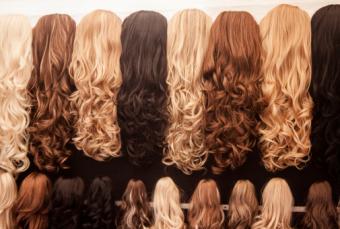Home Country

Ma’aleh Amos
When I first came as a young bachur to Eretz Yisrael, I thought, no chance I would stay to live here. I was in a typical state of denial, convincing myself that back in “my” home country everything was better; there’s nothing like America. I had two married brothers learning in Eretz Yisrael at the time, and I just came here to grow in learning in a different setting.

















